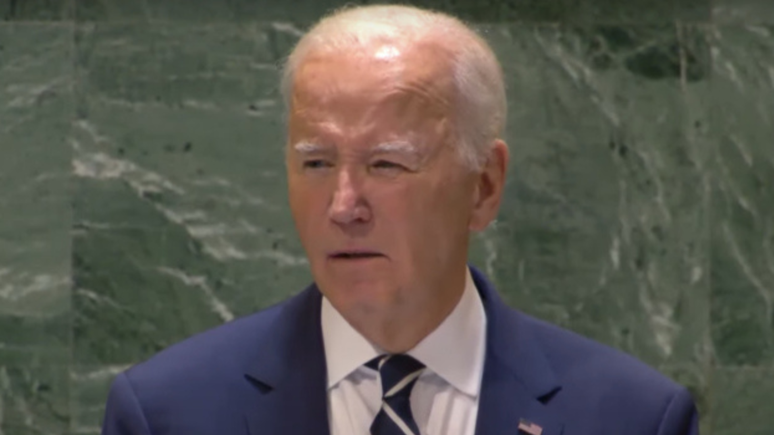To observe the phenomenon, specific protection must be used to avoid damage to the retina; You should not look directly at the Sun under any circumstances
In the afternoon of this Saturday the 14th, Brazil and other countries in the Americas will be able to observe the annular eclipse of the Sun, phenomenon in which the Moon covers the star, leaving only a bright ring (or ring of fire) visible. Some Brazilian cities will have a full view of the phenomenon while others will see the eclipse in its partial form.
In both cases it is necessary to pay attention so that observing the phenomenon does not cause damage to the sight. Under no circumstances should you look directly at the sun, not even when using x-ray films, sunglasses or other household devices. Exposure to the sun, even for a few seconds, can irreversibly damage the retina.
There are two ways to observe the eclipse safely: directly or indirectly. Direct observation is that carried out without the use of projections and can be carried out with an instrument specially adapted for this purpose. Ideally, filters should be used for observation and it is important to use appropriate filters.
The best option is welder filter number 14 or higher (check that the model has the ISO 12312-2 quality certificate). Even so, the observation should not last more than a few seconds.
Observing the Sun with an optical instrument, such as binoculars or a telescope, is permitted only under the guidance of experienced astronomers who will know the correct filters to use. For observation, do not use instruments that have not been prepared by professionals.
Indirect observation is that carried out through a projection, without the aid of any optical instrument.
Where and how to see the eclipse
The eclipse will begin around 12:30 pm (Brasilia time) in the United States, arrive in Brazil at 3 pm and continue until sunset, around 6 pm (also Brasilia time).
The cancellation band will cross nine states: Amazonas, Pará, Maranhão, Piauí, Ceará, Tocantins, Paraíba, Pernambuco and Rio Grande do Norte. Only two capitals will be able to see the annularity: Natal (Rio Grande do Norte), where the peak of the eclipse is expected to be at 3.45pm, and João Pessoa (Paraíba), where the peak will be one minute later, at 3.45pm. 3.46pm. In other states it will be possible to observe the partial phenomenon (only part of the Sun will be covered).
For those who want to follow the phenomenon online, the National Observatory broadcasts live, in collaboration with other international scientific bodies, showing the show in various countries. Look down:
Source: Terra
Ben Stock is a lifestyle journalist and author at Gossipify. He writes about topics such as health, wellness, travel, food and home decor. He provides practical advice and inspiration to improve well-being, keeps readers up to date with latest lifestyle news and trends, known for his engaging writing style, in-depth analysis and unique perspectives.







